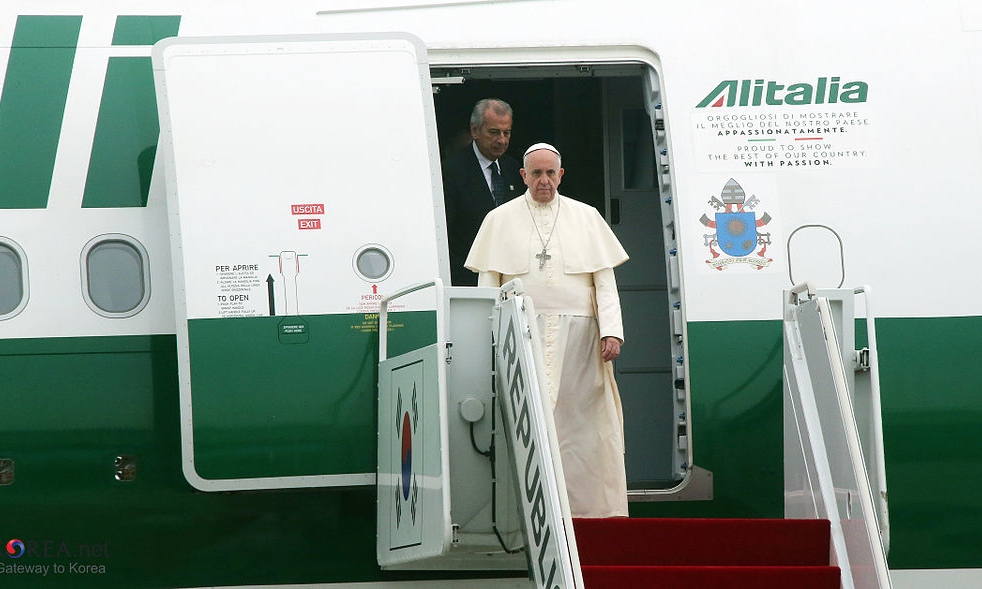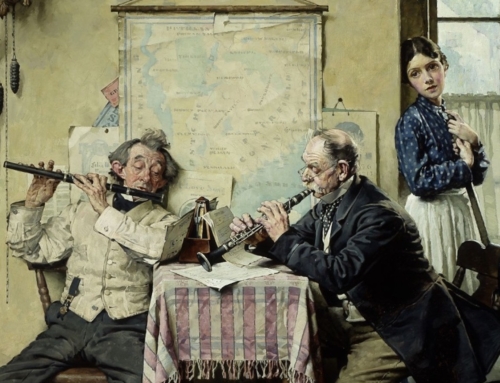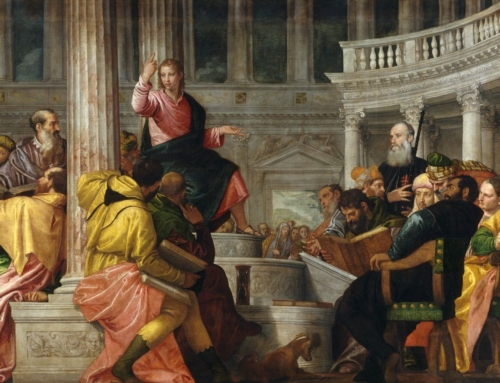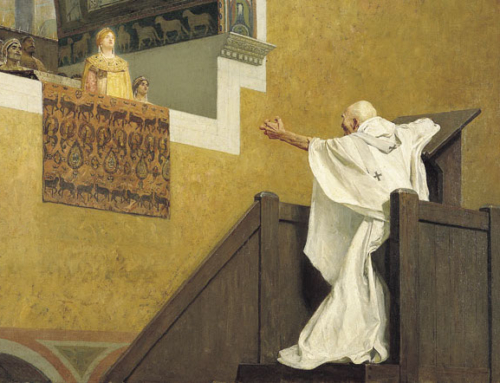When I was an undergraduate, I was asked by a fellow student to give a talk to a group of teenagers at a local parish. The topic was the Church’s teaching on sexuality. I had never given a talk like that before, but I was an enthusiastic theology major, so I gladly accepted.
I don’t remember much about the content of the presentation except that I discussed Pope St. John Paul II’s teaching on the complementarity of the sexes. The basic idea is that man and woman are equal in virtue of their humanity. Each is created in the image of God. But masculinity and femininity represent humanity in two basic modes. Neither of these modes can be understood without reference to the other, and each is enlivened by the other and so becomes more itself. This combination of sameness and difference provides part of the rationale for the institution of marriage. Worthy of each other in their common humanity, man and woman come together in their distinctive styles of being human and form a new kind of whole. This new union is life-giving not only for offspring but also for the man and the woman—in a way analogous to how positive and negative charges conduct the dynamism of electricity, or how complementary colors (red and green, blue and orange, yellow and purple) make each other more vivid when they appear next to each other.
Talking with teenagers about sexuality is already a delicate business, and I had intended the discussion of complementarity to provide part of the explanation of the Church’s doctrine on homosexuality. So, a little anxious about the success of the presentation, I was sensitive to signs of potential opposition.
The talk went well, except for the fact that I presented some of the more sensitive material, particularly the doctrine on homosexuality, in too defensive a fashion. In discussing these topics, I tended to become somewhat cold and rigid, when I should have been warm and sympathetic.
A young man sitting in the front, who before the talk had been chatting energetically with two of his female peers, after the talk had come to seem rather dejected. He and his two friends were looking silently at the floor. I regretted that I had not given a gentler presentation. Here was a young man who may have been suffering from extremely confusing desires, who may have been socially ostracized, and who may have despaired of finding a compassionate person to whom he could turn for good advice. And I, instead of showing the care of an older brother in Christ—similar to the paternal care that I myself had felt in reading Pope John Paul II—I may have given that young man the impression that I should be repulsed by him.
It was recently reported that Pope Francis has said that the Church (by which term he clarified to be Christians) must ask forgiveness “to the gay person who is offended” as well as “to the poor, too, to women who are exploited, to children who are exploited for labor.” I don’t know if the young man who heard my talk was experiencing same-sex desires, and I don’t know if my delivery gave offense. I hope that he experienced something of the beauty of the Church’s sexual teaching, despite my imperfect presentation. And I am sorry that I may have harmed him by obscuring the fact that the Church is a place of refuge and rejuvenation for all people.
✠







